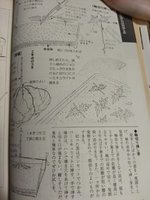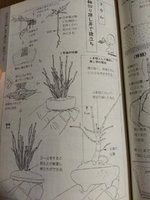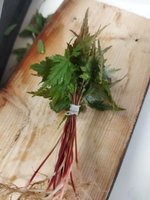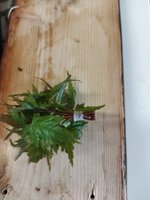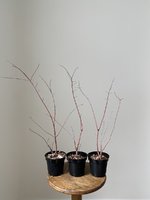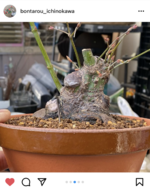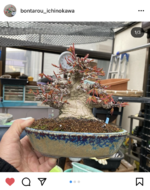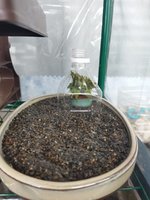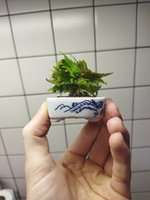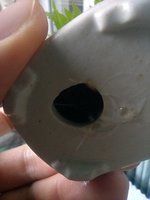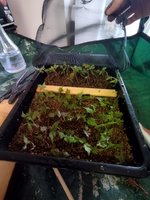Yamabudoudanshi
Shohin
Hi everyone,
I've recently taken a liking to these excellent species specific books for developing min (10cm and under) bonsai written by an author named Kyosuke Gun.
I've picked up his general tips and tricks book, as well as the Japanese maple and Satsuki books for cheap, and came across something in the maple book that I haden't seen before.
In these two pages, he outlines the early stages of development from seed, and incourages the use of the seedling technique almost exactly as it's often done with JBP. As you might expect, it's done for the same reasons. No tap root, super short internodes for the first few years of growth, and a more radial root base from the start.
On the second page, he outlines the same procedure, for not only individual trees, but tiny little clumps from fresh first year seedlings. - Oddly enough, I met a guy selling clumps just like this at a flea market in Kyoto a few months back, and I couldn't figure out how he did it. I could see the little bit of nylon thread at the base, but I assumed he had taken cuttings off of a more mature tree to make them. Now I know, that they were actually made like this.
After a quick search in Japanese, it would seem that this is relatively common practice.
I did not, however find anything in English, nor anything when I searched here on the forums, so I thought I would share.
Here's a few links: video, and another
I've got 300+ Japanese Maple seedlings popping up right now, so I'm planning on trying a few of these clumps myself. I might also try some individuals as well.
If any of you are interested, I'll keep a log of my progress on this thread.
Cheers!
I've recently taken a liking to these excellent species specific books for developing min (10cm and under) bonsai written by an author named Kyosuke Gun.
I've picked up his general tips and tricks book, as well as the Japanese maple and Satsuki books for cheap, and came across something in the maple book that I haden't seen before.
In these two pages, he outlines the early stages of development from seed, and incourages the use of the seedling technique almost exactly as it's often done with JBP. As you might expect, it's done for the same reasons. No tap root, super short internodes for the first few years of growth, and a more radial root base from the start.
On the second page, he outlines the same procedure, for not only individual trees, but tiny little clumps from fresh first year seedlings. - Oddly enough, I met a guy selling clumps just like this at a flea market in Kyoto a few months back, and I couldn't figure out how he did it. I could see the little bit of nylon thread at the base, but I assumed he had taken cuttings off of a more mature tree to make them. Now I know, that they were actually made like this.
After a quick search in Japanese, it would seem that this is relatively common practice.
I did not, however find anything in English, nor anything when I searched here on the forums, so I thought I would share.
Here's a few links: video, and another
I've got 300+ Japanese Maple seedlings popping up right now, so I'm planning on trying a few of these clumps myself. I might also try some individuals as well.
If any of you are interested, I'll keep a log of my progress on this thread.
Cheers!

